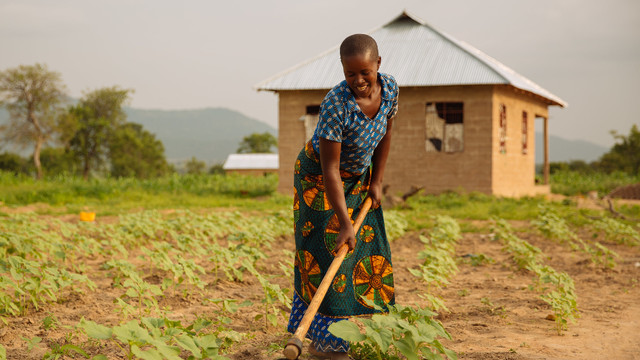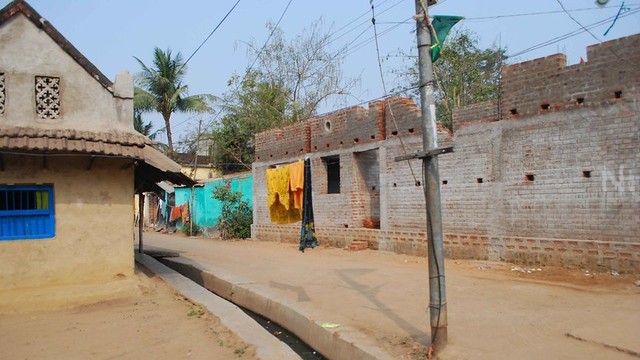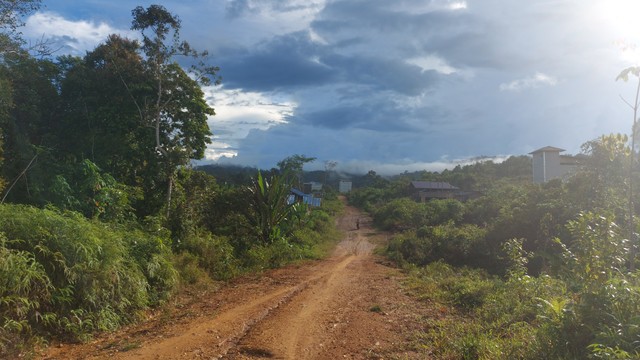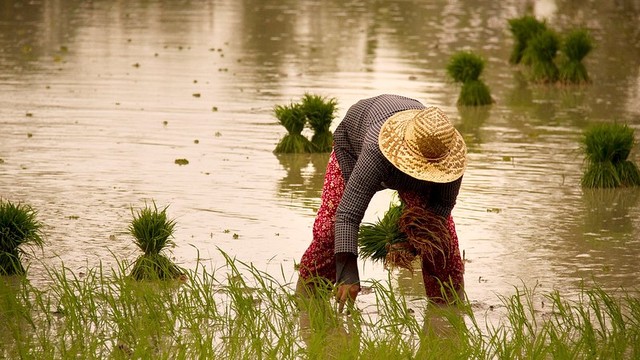Moving forward with communal land rights in Ethiopia: what are the legal solutions?
In Ethiopia, pastoralist communities and other communal land users face significant threats due to government policies that favour large-scale land investments and erode communal land rights. Here, Daniel Behailu and Nathaniah Jacobs discuss the importance of developing laws that recognise and respect communal land rights in Ethiopia, potential legal solutions, and why change will require community engagement and social legitimacy to work.



Many communities in Ethiopia's drylands have unique customary institutions and rules for governing natural resources (Photo: copyright Yidnechachew Ayele)
For many communities in Ethiopia, pastoralism is a way of life. Almost 60% of Ethiopia's land mass is used by lowland communities in the eastern and southern drylands, most of whom are Indigenous pastoralists. They have unique customary institutions and rules for governing natural resources and managing conflicts, with complex practices that respond to both the landscape and community needs, protect fragile ecosystems, and contribute to national food security.
But until very recently, the attitude of the Ethiopian government and official federal policy has been that nomadic pastoralists need to modernise – or in other words, become settled.
However, attempts to ‘modernise’ pastoralists (for example, by being forced to relocate or settle in towns) have had numerous negative impacts on their communities, way of life, ecosystems, forests and natural resources.
This is because Ethiopia’s formal legal and institutional systems – even during the former socialist rule – have been designed around the more dominant land-use practices of the Ethiopian highlands, where agriculture is more individualised and sedentary. The recently adopted Pastoral Development Policy and newly established Ministry of Irrigation and Lowlands may, however, represent an opening to move away from destructive past approaches to pastoralism in Ethiopia.
But existing agricultural and national development policies for the lowlands are both creating challenges and fuelling potential conflict as communal land is encroached on due to government-led large-scale land-based investments.
These policies tend to favour economic growth and investments with large land footprints, while competition over natural resources is increasing due to the climate crisis and increasing highland to lowland migration. In the absence of fit-for-purpose laws, Indigenous pastoralist communities and other communal land users are facing significant threats to their way of life.
Legal solutions that address the challenges of complexity
If problems such as encroachment and competition over resources are to be addressed, pastoralists and other communal land users first need to be recognised as rights holders and then have these rights enshrined in the law. But finding appropriate legal solutions to address these threats will require answers to complex questions.
How should rights to communal land and resources be designated and which rights should be recognised and protected? And what existing international protections for Indigenous Peoples can be used to support this process?
To develop a new legal framework, a key question is how to define the largely unarticulated or undocumented rules and institutions of diverse pastoral communities.
Ethiopia has a rich diversity of ethnicities and cultures recognised in the Ethiopian Constitution. But within these broad ethnic divisions are also multiple distinct societies and Indigenous communities: the Borana community, for example, is categorised as part of the Oromo ethnic group, yet its communities are also sub-divided by the customary dheedaa communal land-management system.
Given these complexities, it is unsurprising that tensions emerge when state laws and structures meet fundamentally different customary rules and practice, particularly in relation to access to land and water.
A national communal property rights model could assist and provide solutions to many of these issues. But laws alone will not solve these challenges: any new legal framework must also engage directly with the affected communities if it is to have social legitimacy.
It is vital that the rules agreed and institutions recognised or established enjoy wide social acceptance from the bottom-up if they are to work.
Ways forward: harmonising formal and informal laws
Community consultation and – where applicable – obtaining free prior and informed consent is crucial to ensuring that the rights of local communities are respected.
Legal frameworks must include mechanisms to integrate existing customary institutions and practices, as well as find ways to harmonise these with the existing rules and structures of the state. For new laws to be effective, the following questions will need to be considered:
- How can pastoral communities acquire appropriate legal recognition and identity?
- What mechanisms can be used to define borders of common property, record existing rules for use, and agree on ways to manage potential overlaps?
- What mechanisms can be used to provide for ‘mobility rights’ and how can these be mapped and considered across development planning? Facilities that meet the needs of pastoral communities (such as destocking centres) could for example be established along customary mobility corridors.
- What dedicated institutions and mechanisms, such as agencies or forums, must be established to facilitate the smooth interface between formal state institutions and laws, and informal customary structures and laws? For example, mechanisms are urgently needed to effectively address the pressures and potential conflicts caused by increased migration from the highlands to the lowlands and pastoral areas, and
- How can the state effectively engage with pastoral communities to design investments and settlements that preserve rather than harm their customary livelihoods and ways of life?
As Ethiopia begins to grapple with how to approach the growing need for effective legal frameworks that prevent resource encroachment and disputes, lessons learnt from other countries and regions about how communal land is governed will be invaluable.
But the key to success is to start by understanding and integrating the knowledge and practices of the relevant communities themselves into any new legal framework. Only then can Ethiopia move forward.
This blog was originally posted on the Land Portal website.
ALIGN supports governments, civil society, local communities and other relevant actors in strengthening the governance of land-based investments. The project is implemented by a consortium led by IIED, the Columbia Center on Sustainable Investment (CCSI) and Namati, and is funded with UK aid from the UK government. This blog has been produced as part of ALIGN by IIED, however the views expressed do not necessarily reflect the official views or policies of ALIGN partners or the UK government.




